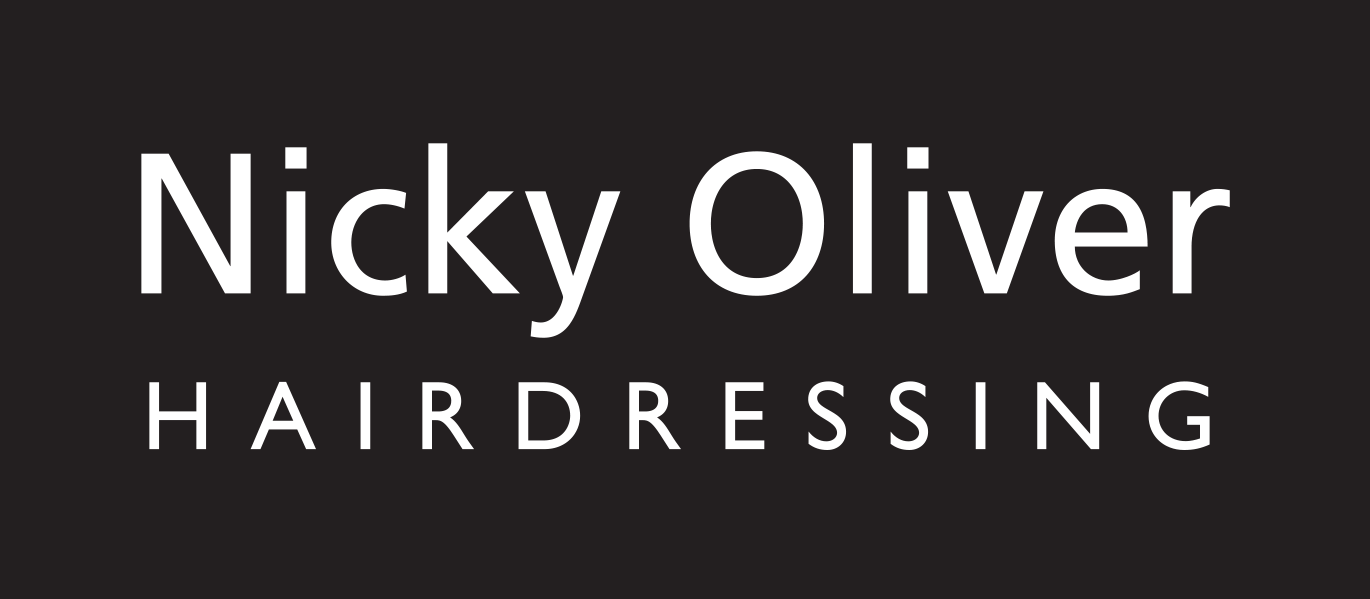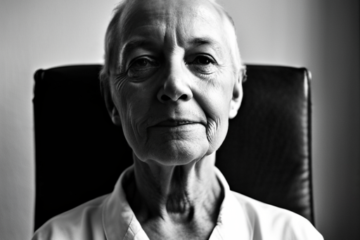Understanding Chemotherapy Hair Loss
Cancer is a disease that impacts millions of lives worldwide, not only medically but also emotionally and psychologically. One of the most visible and distressing side effects of cancer treatment is hair loss, specifically known as cancer hair loss. For many individuals battling cancer, losing their hair can be a significant blow to their self-image and overall well-being. In this article, we will delve into the various aspects of cancer hair loss, focusing on how chemotherapy affects your hair and understanding chemotherapy hair loss
How Chemotherapy Affects Your Hair
Chemotherapy drugs work by attacking rapidly dividing cells, including cancer cells. Unfortunately, these drugs also affect healthy cells in the body, including those responsible for hair growth. When chemotherapy drugs enter the bloodstream, they target hair follicles, disrupting the normal hair growth cycle. This disruption leads to hair loss, known as chemotherapy-induced alopecia.
The severity of hair loss varies from person to person and depends on the specific chemotherapy drugs used and the dosage received. Some individuals may experience complete hair loss, while others may only notice thinning or patchy hair. Hair loss may occur on the scalp, eyebrows, eyelashes, and other parts of the body with hair.
Understanding the Stages of Chemo Hair Loss
Chemotherapy-induced hair loss occurs in several stages. The first stage is known as the anagen phase, where hair is actively growing. During this phase, hair follicles are most vulnerable to the effects of chemotherapy drugs. As treatment progresses, the hair follicles enter the catagen phase, a transitional phase where hair growth slows down. Finally, the telogen phase begins, during which hair follicles become dormant and eventually shed. It is important to note that not all hair follicles are in the same phase at the same time, which is why hair loss during chemotherapy can be a gradual process.
The Timeline of Chemotherapy Hair Loss
Hair loss typically begins within two to four weeks after starting chemotherapy treatment. The timing may vary depending on the specific drugs used and the individual’s response to treatment. Some people may experience hair thinning initially, while others may notice clumps of hair falling out. The rate of hair loss varies as well, with some individuals losing hair rapidly, while others experience a more gradual shedding. Hair loss continues throughout the treatment period and may persist for several weeks or months after chemotherapy is completed. Eventually, hair regrowth will occur, although the texture and color may be different than before.
Why Do Cancer Patients Shave Their Head?
Many cancer patients choose to shave their heads preemptively once they notice hair thinning or patchy hair growth. Shaving the head allows individuals to take control of their appearance by removing the reminder of hair loss. It also eliminates the emotional stress of watching hair fall out in clumps. Shaving the head can provide a sense of empowerment and helps individuals feel more in control during a time when so much is out of their control. Additionally, having a shaved head can make it easier to manage hair loss and maintain a sense of normalcy during treatment.
The Emotional Impact of Cancer Hair Loss
Hair loss can have a profound emotional impact on cancer patients. Our hair is often closely tied to our identity, and losing it can leave us feeling vulnerable and self-conscious. Many cancer patients report a loss of self-esteem and a negative impact on body image during and after hair loss. It’s essential to acknowledge and address these emotional challenges throughout the treatment process.
Coping with Self-Image Changes During Chemotherapy
Coping with self-image changes during chemotherapy requires a multidimensional approach. Firstly, it is crucial to remind oneself that hair loss is temporary and part of the healing process. Developing a positive mindset and focusing on the bigger picture can help individuals overcome the negative impact on self-esteem. Secondly, exploring alternative ways to enhance self-image, such as experimenting with makeup, scarves, hats, or wigs, can provide a boost of confidence. Lastly, seeking professional support from oncology social workers or therapists specialising in cancer care can help individuals navigate the emotional journey of self-image changes during chemotherapy.
Wigs and Head Coverings
There are several steps you can take to effectively manage the process of coping with hair loss. One option to consider is wearing wigs or head coverings. Today, there is a wide range of wig options available, including both synthetic and human hair wigs.
The price range of wigs varies, and in some cases, you may be able to obtain an NHS voucher to help with the cost. However, not all wig specialists accept vouchers, and the selection of wigs may be limited when using a voucher. It’s worth noting that there are wigs available that are virtually indistinguishable from natural hair. However, it’s important to keep in mind that even the most natural-looking wig is not the same as having your own hair. When you find the right wig, people might notice a change in your appearance and ask if you’ve altered your hair colour or style.
To find a wig that makes you feel comfortable and confident, it’s helpful to experiment with different styles and colour’s. Your wig specialist will provide guidance and advice in this regard. Additionally, headscarves, hats, and turbans are also popular options for covering the head and can be considered alongside wigs for variety and personal preference.
Conclusion
Cancer hair loss, a common side effect of chemotherapy, can have a significant impact on a person’s self-image and emotional well-being. Understanding Chemotherapy Hair Loss and the stages and timeline, as well as the reasons behind shaving the head, can help individuals navigate this challenging period. It is important to address the emotional impact of hair loss and seek support when needed. Managing self-image changes during chemotherapy involves finding strategies that work for you, such as exploring head coverings and maintaining a positive mindset. Remember, hair loss during cancer treatment is temporary, and there is support available to help you through this journey.
For more information and support during your cancer treatment, please contact us. Nicky Oliver Hairdressing




